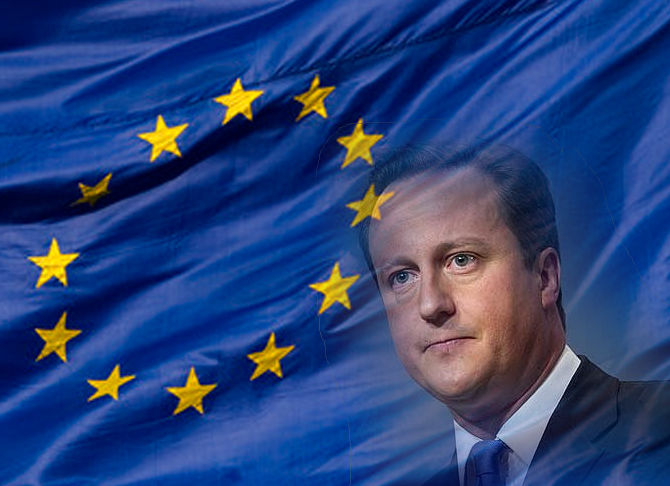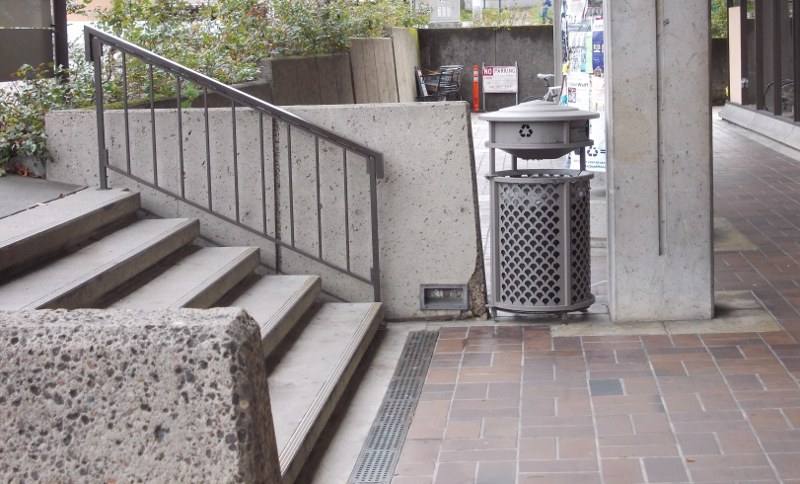Brexit: Support Theresa May. At Least for Now.
I argued earlier that a major flaw with the Brexit referendum was lack of any positive program in case of leave wins. The current political spectacle in London is an attempt to define such a program, and the withdrawal deal that Theresa May has negotiated is one related proposal. It satisfies no-one. But it is the only realistic compromise we are now left with.
The central problem with Brexit
The central problem with Brexit now, 2.5 years after the referendum, is still the same: Britons cannot agree what "leave" means. The country is fairly equally split between leavers and remainers, and unfortunately these two opposite preferences are hard to reconciliate. The options in the middle, along the lines of the "Norway option", satisfy only a few.
I think the best way forward in summer 2016 had been simply to take time off. Theresa May could have started her prime ministership by asking: Well, voters. You want out? So let's see what kind of options we have here, and what do you think about these. And waited with triggering the article 50 until she had an answer to these question. Unfortunately, this was not the case. There were no attempts to start a serious discussion about what Brexit may mean, and what kind of compromises are possible.
I do not see such attempts now either. The prime minister's repeated claims that there will be no second referendum sounds like "I don't care about which Brexit you want." Moreover, accusing those who are worried with no-deal outcome for torpedoing the negotiators and being part of the "project fear" is neither an invitation to a serious dialogue. Instead of trying to build a consensus, at least a somewhat consensus, the leaders are pushing to implement their own favorite flavor of Brexit. This has not worked well, but mainly because there is no consensus in the Conservative party either, and not because of concerns regarding the "will of the people".

Take time off now
But I don't think the second referendum is a good idea. It would suffer from some of the same flaws as the first one. While we now can offer a positive program, for instance "no deal", "May's deal", and "remain", the majority of votes will probably go to both of the extreme options, and that will give a closely split vote again. Hence there will again be no clear mandate about how to proceed. But the political battle over the exact wording of the question, the pre-referendum campaign, and post-referendum interpretation will deepen the existing cleavages, increase resentment and undermine support for the democratic institutions in Britain.
I think what UK needs now instead is just time off. It cannot have time off as EU member any more, at least not without a rushy U-turn and without badly hurting the feelings of the large group of leave-minded people. I think we should have a second referendum. But not now. Let's the smoke clear and contours of the post-Brexit world appear. Let also one of the options garner clearly more support than the alternatives.
But so far, let's take Theresa May's deal. No one is happy with it, I know. I am not happy either. But it is a realistic deal, and it allows UK to stay in the EU-s "waiting room" while it attempts to understand if it wants to enter again or leave for good. Call this "transition period". But the transition is not about the trade negotiations, but about UK trying to transition into a country that can somewhat agree on it's future.











